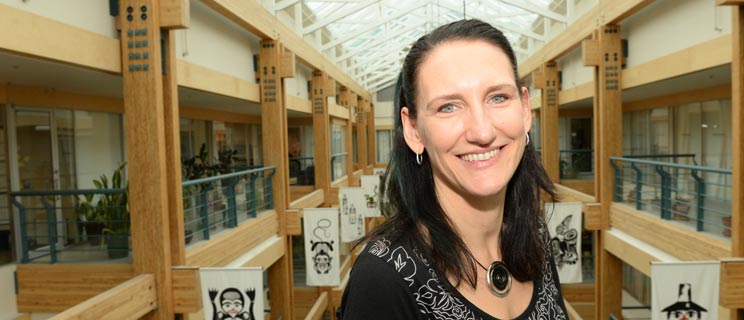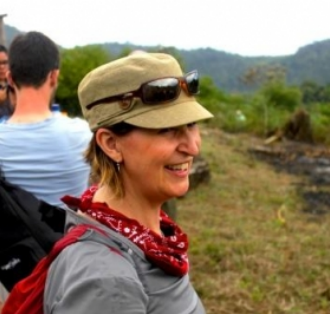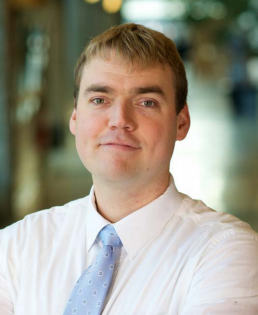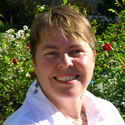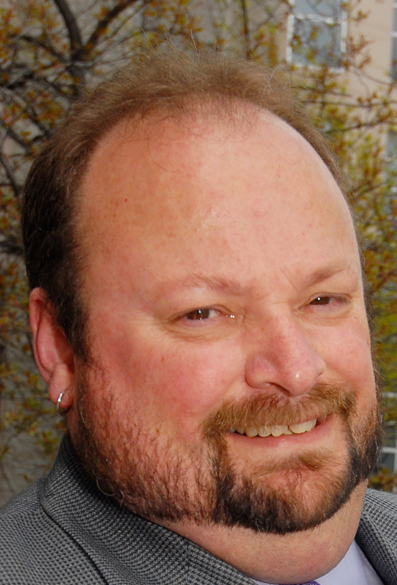Dana Wessell Lightfoot
Department of History
As a scholar and educator whose work focuses on the premodern world, my aim is to show the relationship between the past and the present, to provide alternative ways of thinking about history in order to demonstrate the effect that the past has on our reality today (and that we have on the construction of that past). I want my students to think about the discipline of history in different ways, to emphasize their own voices and concepts, based on the critical analysis of historical evidence.
